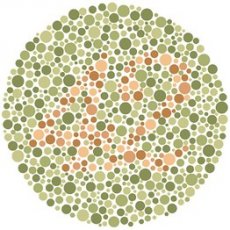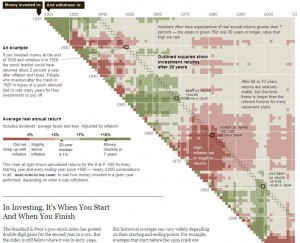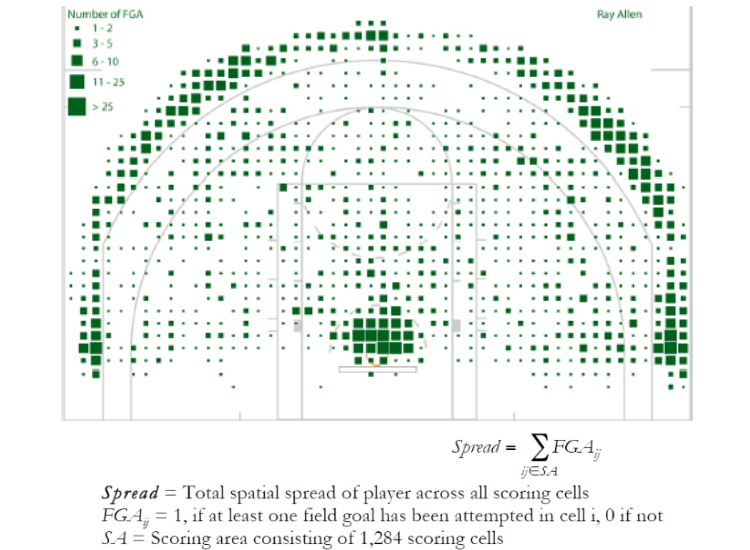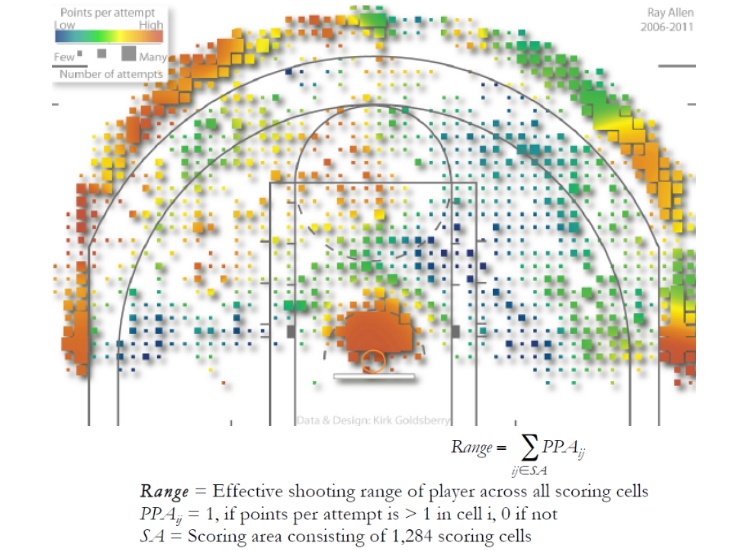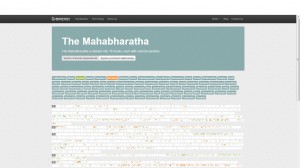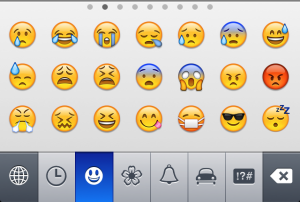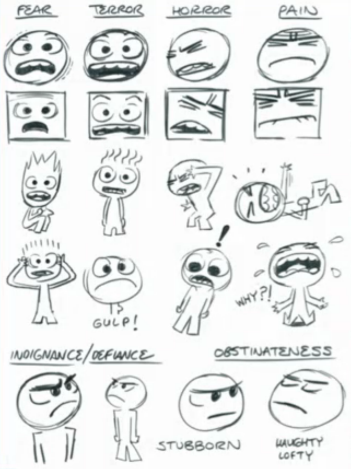
I found this infographic through a news link LinkedIn sent me. It’s full of information and reasonably effective at presenting it. At no point in viewing this infograph did I completely misinterpret something. However, there were also a few things I felt it could have done better.
- Job preparedness indicator: This uses red to yellow to show qualities managers want but don’t see in job seekers ordered by a combination of importance and least seen. The use of a dial makes sense based on the combined importance and least seen value, but the dial also seems to imply the qualities are on a continuous spectrum where one builds on top of another. If a job seeker were to try and use this graphic to determine what they need to work on their weaknesses would most likely be speckled throughout the indicator, not a single continuous section from one extreme to some point. Also the arrow on the indicator is superfluous. Removing it might help lessen the idea that the qualities build on each other.
- What employers value vs how job seekers describe themselves: The red in this section of the infograph really pops out. However just looking at the numbers confuses why they are all given equal weight of importance, some are small and some are big with different extremes. It is also repeated information since the line graph with it’s value labels provide you the same information. If these values had to be there, I think it would have been better to emphasize them less with a more subdued color so they don’t pop more than the orange and green or just make them black. Also are these numbers percentages? If they are labeling the y-axis values with a “%” would be nice.
- Skills can be learned: They used four distinct colors to indicate where a hiring manager believes you can learn a skill. This is fine, not too many colors. However they decided to use pie charts to show percentages for each skill. In class the only time pie charts seemed reasonable are when one portion is close to 50%. Here only the first pie chart has an item close to 50%. Without the numbers it would be difficult to really know the proportions. If the goal is to show the top 2 locations to learn a skill I think that the choice of pie charts is not too bad though. This is more because of the data than the medium though because there is a large difference in the values between the top two and lower two for this particular data set (except for the accountability skill). Also I wish that they had been consistent in where they started their pie chart (ex. start each green section at 12:00 and work their way around in the same color order). So I could more easily compare the pie charts with each other.
- Job seekers confident in their abilities…: My previous comment on where to start coloring the pie chart holds for the pie charts in this section as well. My biggest problem with this section though has to do with the percentages. Using the same color for the number and some of the people icons would cause the brain to link them together. However they are actually opposites. The black people icons represent the percentage and the colored icons are what is left. Swapping the colors might not necessarily make it more aesthetically pleasing, but it at least wouldn’t confuse viewers into thinking the colored people icons represent the percentage value.
Once again over all a pretty good graphic. It uses a lot of color but each choice seems reasonable and it causes the eye to want to look at the entire graphic, which is part of the goal for something like this. The infographic also uses backgrounds to break things up and better tell it’s story.
http://theundercoverrecruiter.com/skills-employers-candidates-info/

